Last updated: July 21, 2022
The shift from 'carb burning' to 'fat burning' changes the way the body uses electrolytes. Learn more about what electrolytes are, how they are important to our bodies, the impact of an imbalance and the best ways to replenish them.
This post contains affiliate links. I may earn from qualifying purchases at no additional cost to you.

Staying hydrated is always an important part of staying healthy. Making sure electrolytes are at optimal levels is an essential component of adequate hydration, especially with exercise and when following a ketogenic diet.
When starting a keto diet, there are many metabolic processes in our bodies that change the way we utilize water and electrolytes. This can cause symptoms that are associated with the ‘keto flu’ when the body is shifting into and getting used to being in ketosis. But, some keto-flu type symptoms can also occur long after achieving ketosis, which can leave you feeling crummy. One of the reasons why people may be feeling less-than-optimal effects from their ketogenic diet, is that electrolytes are out of balance.
Table of contents
What are electrolytes?
Electrolytes are minerals that are very important for essentially every system in our body, from muscle function and recovery, brain and heart activity, to energy production. They work with our nervous system to conduct electrical charges in the body that enable nerve cells to communicate.
There are six main electrolytes to pay attention to, in general: sodium, potassium, magnesium, calcium, chloride and phosphate. These minerals aid in regulating water distribution in our cells and maintaining fluid balance, which is called hydration. Hydration effects every system in our bodies: keeping our skin moist, maintaining healthy digestion, supporting our kidneys and urinary tract, along with a host of other bodily functions.
Causes of electrolyte imbalance
Besides needing more electrolytes on a keto diet, there are additional factors that can cause us to lose more electrolytes than normal. These include: intense workouts, illness (especially with vomiting or diarrhea), some medications, not eating or drinking enough, certain diseases like diabetes or kidney disease, alcohol consumption or just being outside enjoying a hot sunny day. When we lose electrolytes and fluids from our bodies through sweat and other metabolic processes, we need to make sure we keep them replenished.
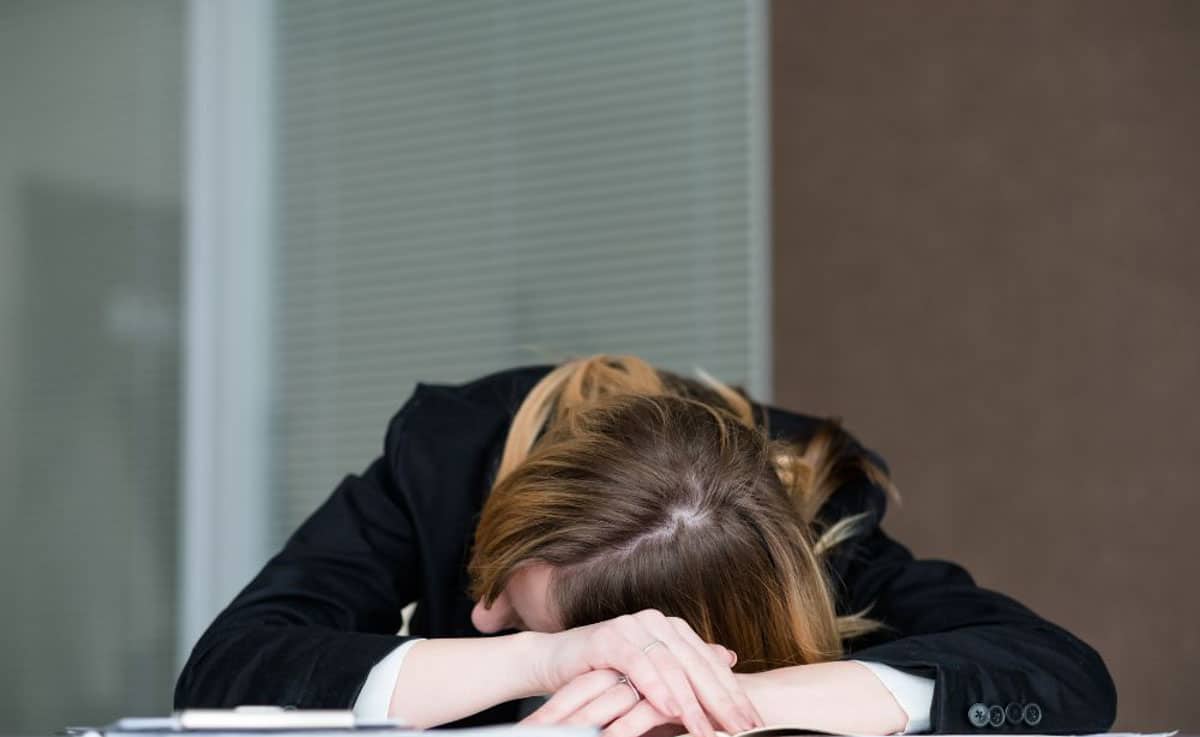
Symptoms of electrolyte imbalance
When our electrolyte levels are out of balance from dehydration, our bodies experience an acid/base (pH) imbalance, which makes them more acidic (metabolic acidosis).
For people following a keto diet, if the body is deficient in these electrolyte minerals, it can create flu-like symptoms, often referred to as ‘keto flu’. Many keto beginners will experience these symptoms, but keto veterans can also struggle with these unwanted side effects from time to time. That’s why supplementing a low-carb or keto diet with electrolytes is important.
Symptoms of electrolyte imbalance can include the following:
- Fatigue
- Muscle stiffness, aches and/or cramping
- Weakness
- Carb cravings
- Headaches
- Brain fog
- Sluggishness
- Irritability
- Nausea
- Anxiety
- Drops in blood pressure
- Increased heart rate
- Heart palpitations
Often, if a body is deficient in one or more electrolytes, there is a good probability that they all need to be replenished to bring them back into healthy balance.
Electrolytes on keto
When in ketosis, electrolytes need to be replenished on a daily basis. On a keto diet, our bodies retain less water. When carbs are restricted, less insulin is produced and our glycogen stores are depleted. This shift causes our bodies to hold on to less water. When first entering ketosis, there is often rapid weight loss which is mostly due to loss of retained water. This is why most people feel less bloated during their first week of starting a keto diet.
While there are some benefits to holding onto less water, our bodies are also excreting electrolytes along with fluids that are lost.
When we eat a clean, whole-foods diet, we may not be consuming as much sodium as our bodies need, especially when following a keto diet. Due to carb restriction, more potassium and sodium are excreted through urination. While drinking more water is typically a good idea, keep in mind that this increase in water will also dilute blood sodium levels. This can lead to ‘keto flu’ symptoms such as brain fog, headaches, muscle cramps and fatigue. Consuming more sodium and other electrolytes is essential to staying healthy while in ketosis.
Electrolytes to replenish on a keto diet
Sodium
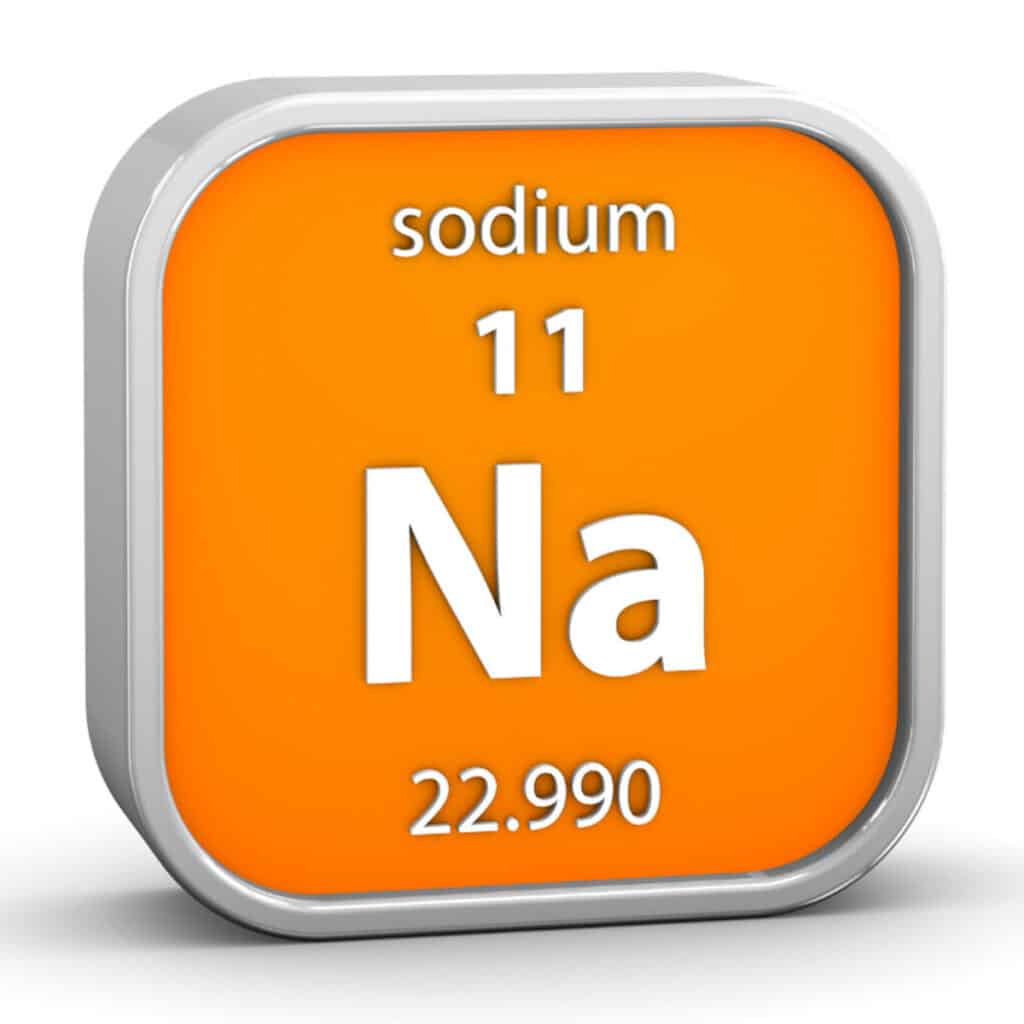
Sodium is responsible for conducting nerve impulses, muscle contraction, and maintaining proper balance of water and minerals.
We're so used to hearing about keeping dietary sodium levels low. If following a high carb diet or when eating a diet high in processed foods, this may be more applicable. But on a keto diet, we lose more sodium and need to make sure we're consuming enough.
This can be done by simply adding some high quality salt to your food. Himalayan pink salt, as well as other culinary and finishing salts (like kala namak) are great options.
Add a sprinkle to your eggs, on top of sliced avocado, cooked meats or steamed vegetables.
While there is no set recommended daily allowance for sodium, it's recommended that most adults consume no more than 2,300 mg per day.
Potassium
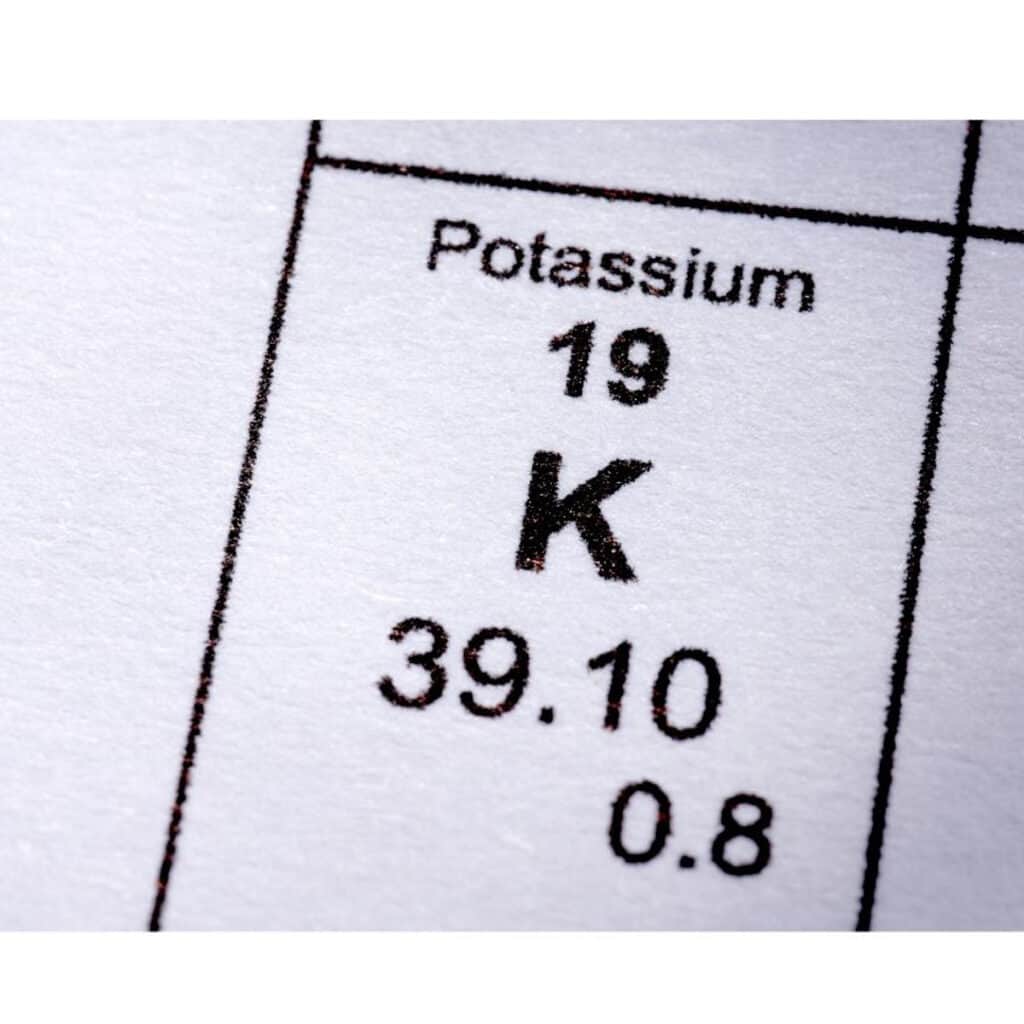
Potassium has several roles in the body. It is responsible for the normal functioning of nerve cells, regulating heartbeat, proper function of nerves and muscles, and aids in formation of proteins and metabolizing carbohydrates.
Potassium is best consumed through whole foods. How do we get enough potassium on a keto diet without bananas or orange juice? No worries! There are plenty of delicious options: nuts, dark green leafy vegetables, dark chocolate, avocados and even high quality meats.
Potassium deficiency is uncommon, so there is no set recommended daily allowance. However, it's thought that roughly 1500-2000 mg is sufficient for adults.
Calcium
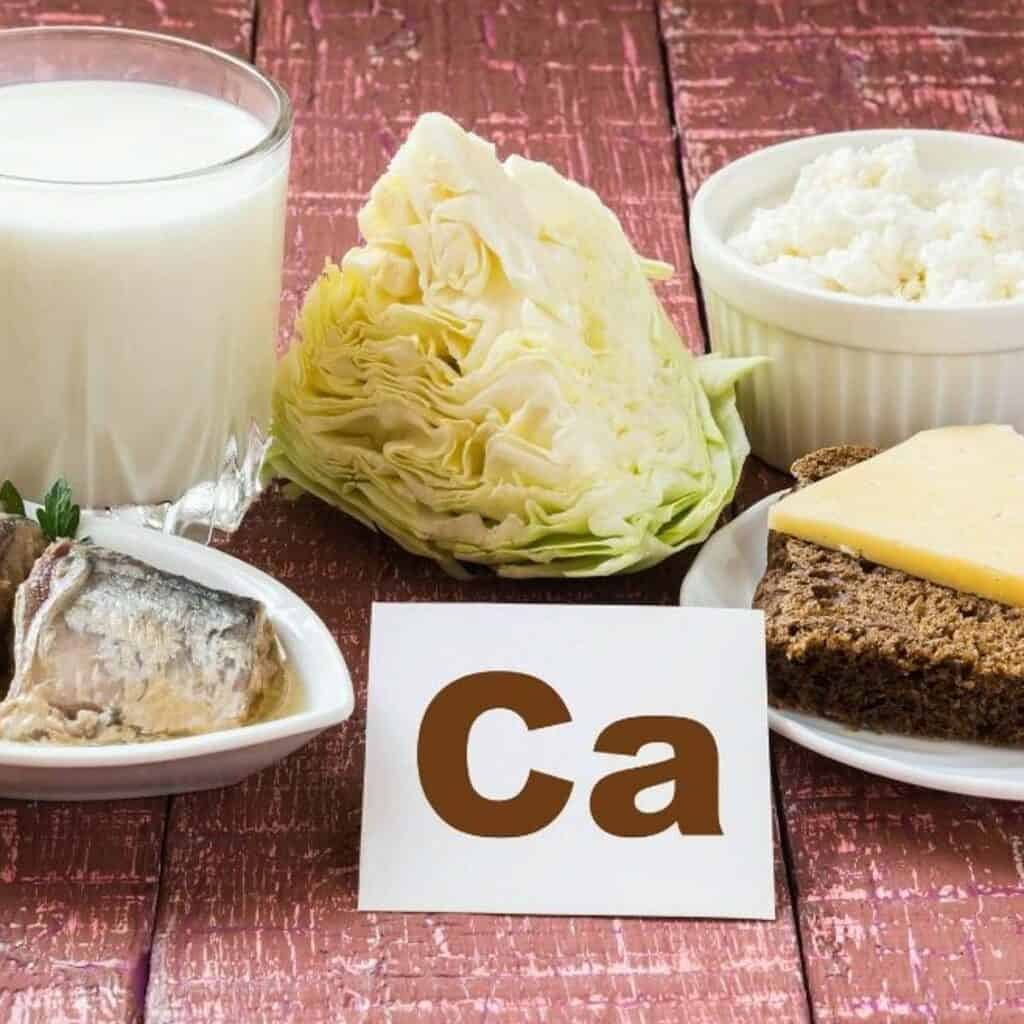
Calcium performs many functions in the body, more than just building strong teeth and bones. It plays a vital role in muscle and nerve function.
The average adult RDA for calcium is around 1,000 mg, but the recommendations vary with age and sex. While many people look to dairy as a great calcium source (which it is), there are other delicious sources to include on a keto diet. These include: dark green leafy vegetables, homemade bone broth, broccoli, and fish, such as salmon and sardines. Many non-dairy milk products are also fortified with calcium.
Magnesium
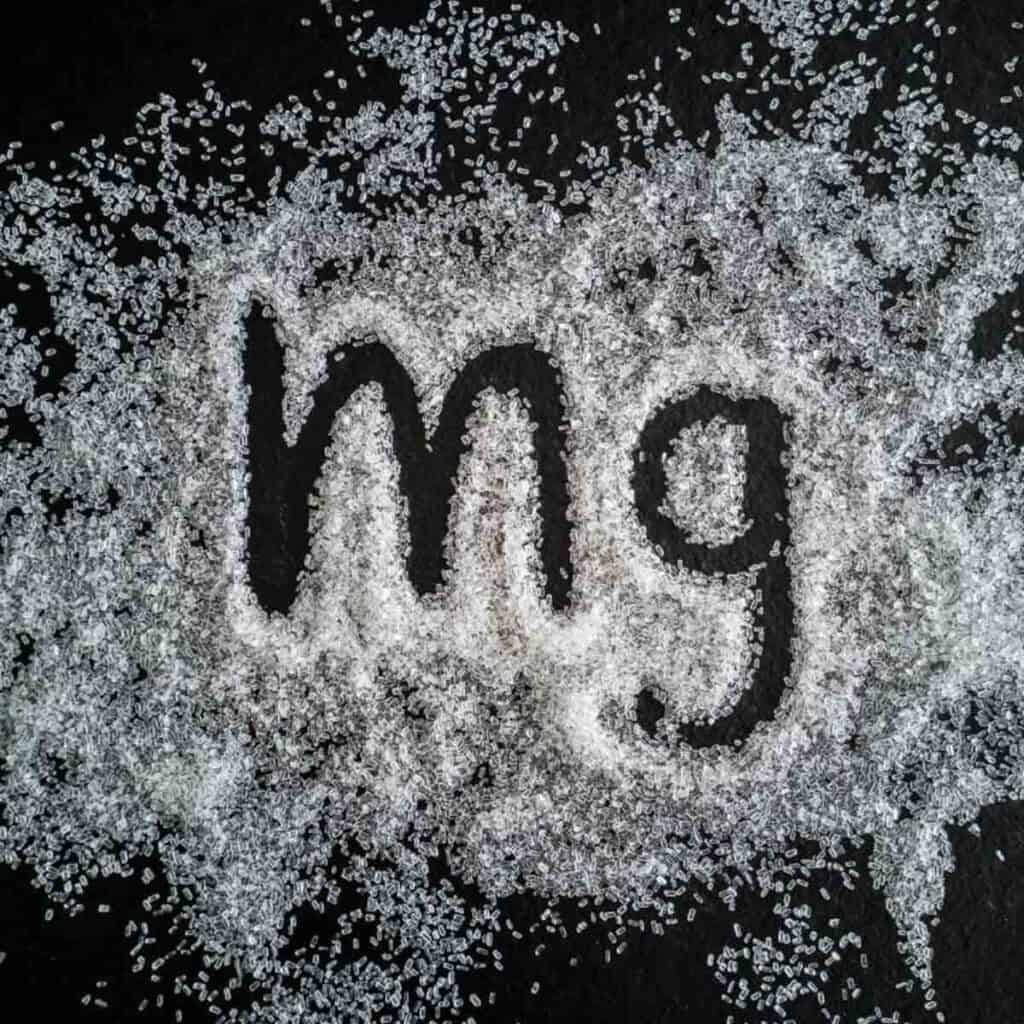
Magnesium is the fourth most abundant mineral in the body, where it has many roles to play. It helps our muscles contract and relax (including our heart), aids in nerve conduction, regulates blood pressure and plays a role in immunity.
The average adult RDA for magnesium is between 310-420 mg per day, depending on age and sex.
There are delicious keto-friendly sources to include in your diet that include avocado, dark leafy greens, nuts and dark chocolate.
Chloride
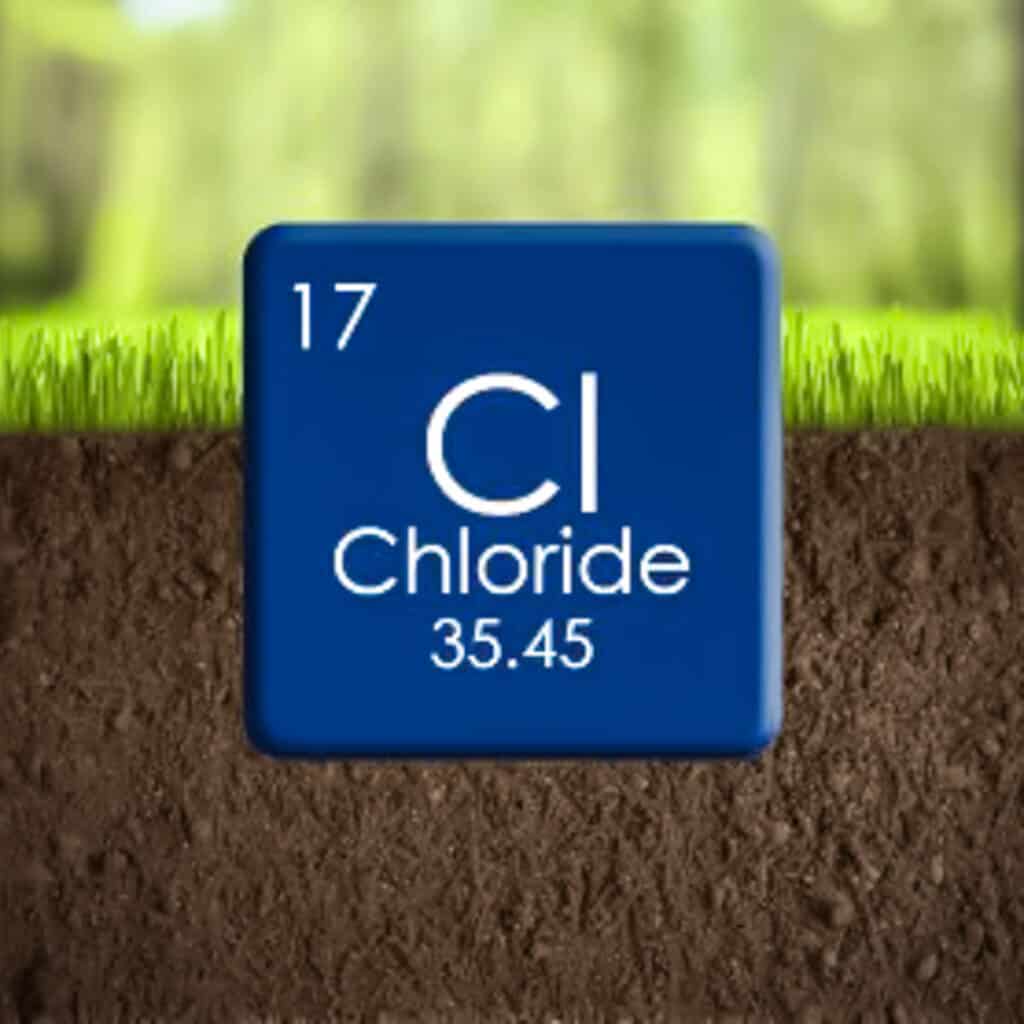
This electrolyte is essential in balancing body fluids, supporting osmotic pressure, manufacturing digestive enzymes and maintaining the body's pH (acid-base) balance. It also plays a role in keeping joints and tendons healthy.
Chloride is found in most table salt, as sodium chloride, and is also found in processed meats such as sausage, bacon and ham. Shrimp, cheese, tomatoes, olives, leafy vegetables and seaweed are also great natural sources.
Recommended daily allowances for chloride varies by age and sex. For adults, it ranges from 1.8-2.3 grams per day.
Phosphate
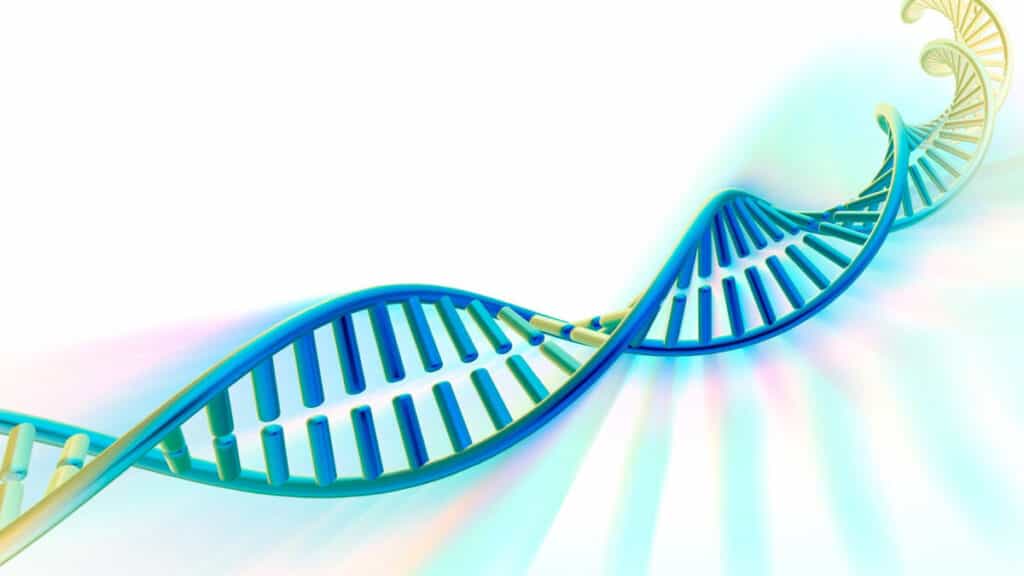
Phosphate is an important component of our cellular membranes, DNA, RNA and proteins. It is an electrically charged form of phosphorus that is responsible for enzymatic reactions within cells and is vital in the formation of bone and teeth.
Foods that contain the highest amount of phosphate include dairy products, meat, processed meats, shellfish, nuts, seeds, eggs, chocolate and wine.
Our bodies produce phosphate from phosphorus in the small intestine, making deficiency quite rare. Phosphate (as phosphorus) has a recommended daily allowance of 700 mg.
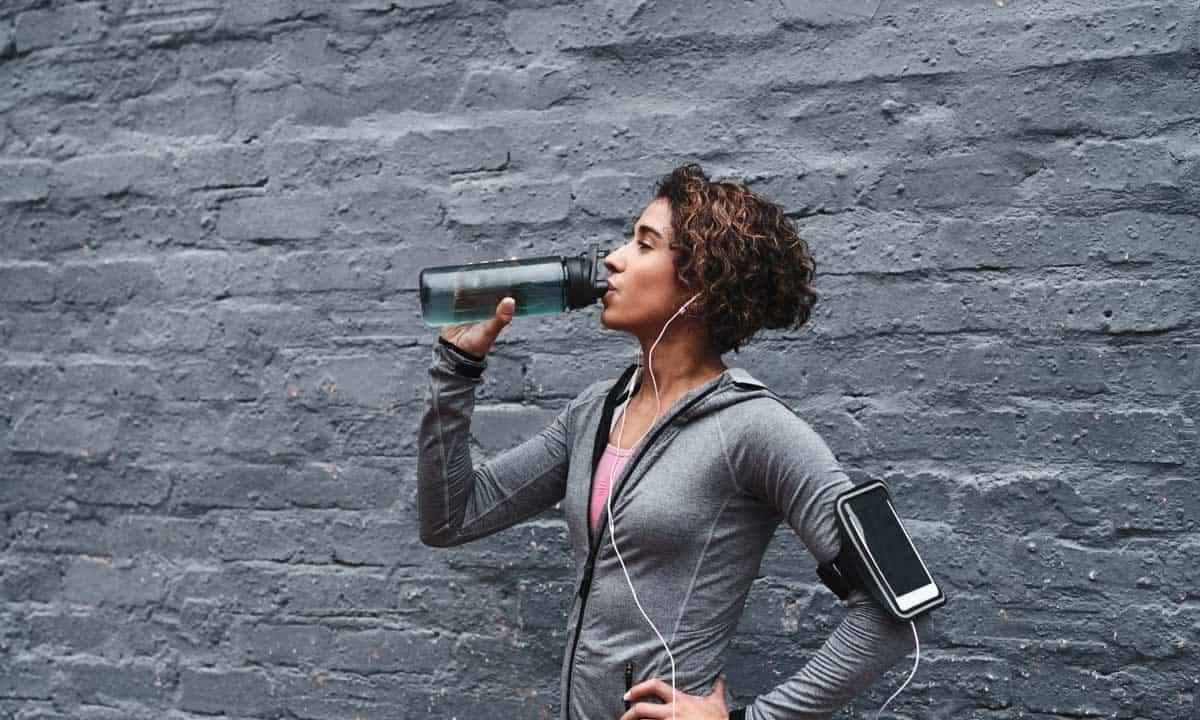
How to get enough electrolytes on keto
Making sure you're consuming enough electrolytes is important, regardless of what diet you follow. But, since a ketogenic diet has higher dietary requirements for electrolytes, it's important to eat foods that are plentiful in these minerals and supplement when needed.
There are basically two ways to increase your electrolyte levels:
- Eat foods that are plentiful in electrolytes (ie. avocado, broccoli, salmon, nuts and green leafy vegetables)
- Supplement with a high quality electrolyte replacement
When starting off on a keto diet, I recommend doing both until you have your diet really dialed in. It’s always best to obtain nutrients from whole foods, but sometimes we all could use a little extra boost.
When exercising, especially on keto, extra electrolytes are always a good idea.
If you decide supplementing is for you, aim to take your electrolytes with meals. This mimics how we would naturally consume them – with food. When exercising, having a serving of electrolytes before, during or after working out is highly recommended.
Optimal Intake
How do you know if your intake is optimal? How you feel is typically a good guide. Are you eating a balanced diet? Do you feel tired, nauseous, thirsty or have muscle spasms, cramps or cloudy thinking? Warning signs are a good indicator you need to increase your electrolyte intake. However, it's very strongly advised to NOT wait until you have symptoms of imbalance before replenishing electrolytes. Learn what your body needs and supplement as needed before symptoms develop.
The best way to monitor electrolyte levels is to keep a food diary and log everything you eat and drink into an app like Cronometer or Fooducate. Even though this takes some effort, these apps will help you track what you eat and automatically calculate mineral values. However, even if the app shows you're well within the RDA of each mineral, you might find that you feel better with supplementation. Every body is different, with it's own unique needs.
Using an app to log your foods is a very helpful tool especially if you’re new to a keto diet. It’s incredibly helpful to track your macros, to make sure your diet is on target.
Types of electrolyte supplements
There are a few different forms of electrolyte supplements: powders, sport drinks and tablets. Drinks and powders come in a wide variety of flavors and formulations. Some are fortified with added vitamins, protein and caffeine while others provide only the basic electrolytes.
Make sure you read the labels and ingredients thoroughly. Many products contain sugar and some can have a whomping dose of caffeine.
Powders
Powders are a cost effective way to supplement. They are easy to just shake into your water bottle.
Most brands, such as Ultima and LMNT make individually packaged doses that are super portable. Other products from Nuun and Gu are produced in tablets that dissolve in water, just like a powder.
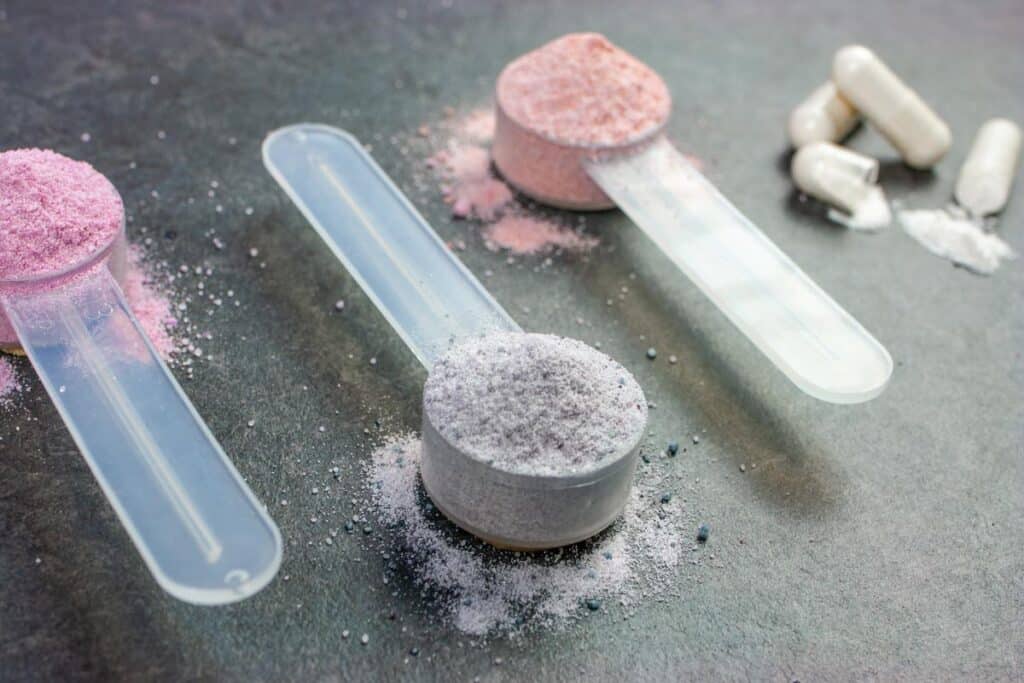
Drinks
These can be super convenient when on-the-go, especially if you’re looking for drinks with other nutrients in addition to electrolytes.
Electrolyte water, such as Propel and Pedialyte, are available in delicious flavors with no artificial colors. Be sure to watch the carb content, especially if these contain coconut water.
Sports drinks such as Powerade are readily available for those grab-n-go moments. Be sure to watch the carb and caffeine content!
Bone Broth
One of the most wholesome (and inexpensive) ways to consume electrolytes is by making your own homemade bone broth. Slow simmered or Instant Pot bone broth is a perfect whole foods supplement to aid muscles in post-workout recovery as well as replenishing electrolytes. Nutrients from the bones and cartilage are extracted during the cooking process, making a healthy, delicious broth. Sip with a few added herbs, spices and an extra pinch or two of salt.

Capsules and pills
These tend to be the easiest and most portable way to replenish electrolytes - no preparation necessary.
I always, always carry these with me in my pack when I hike, cycle or kayak. If I'm out in the sun, exerting myself and sweating, I take some electrolytes when I stop for a snack break.
These are so convenient because you don't need an extra glass or water bottle to mix a powder, there's virtually no waste and you don't have to drink 8-16oz of liquid to get a whole serving (which is optimal, especially if restroom access is limited!).
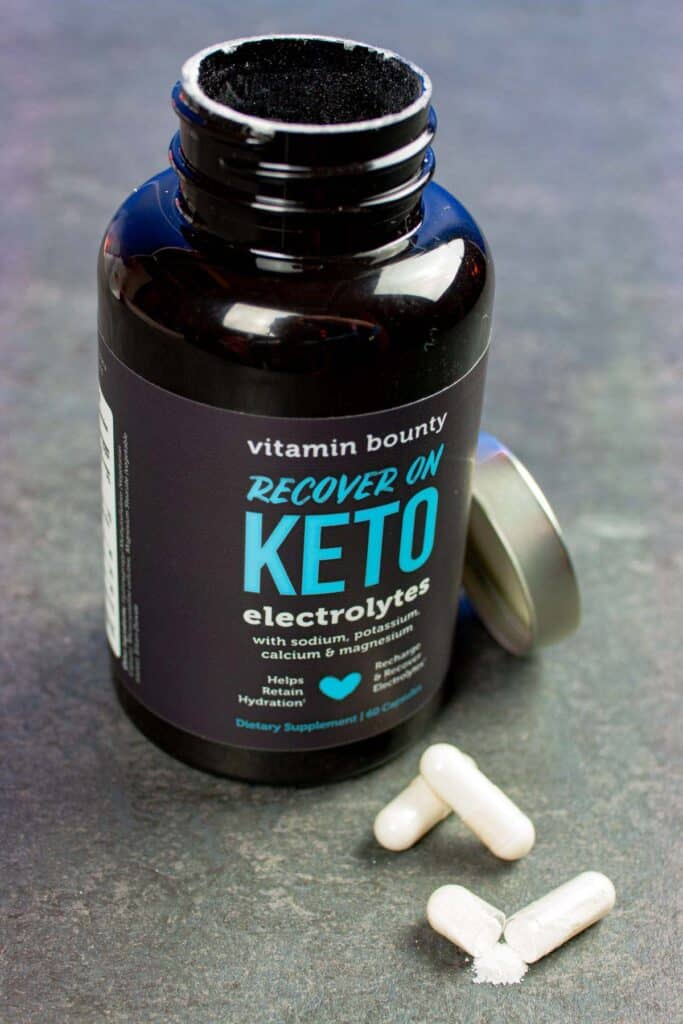
My favorite products
I promise I will never endorse products that I don’t love and actually use myself. I’ve partnered with two brands that I believe in and use every day because, in my humble opinion, they have some of the best electrolyte supplements out there. And, they tend to be lower in cost per serving than many other brands.
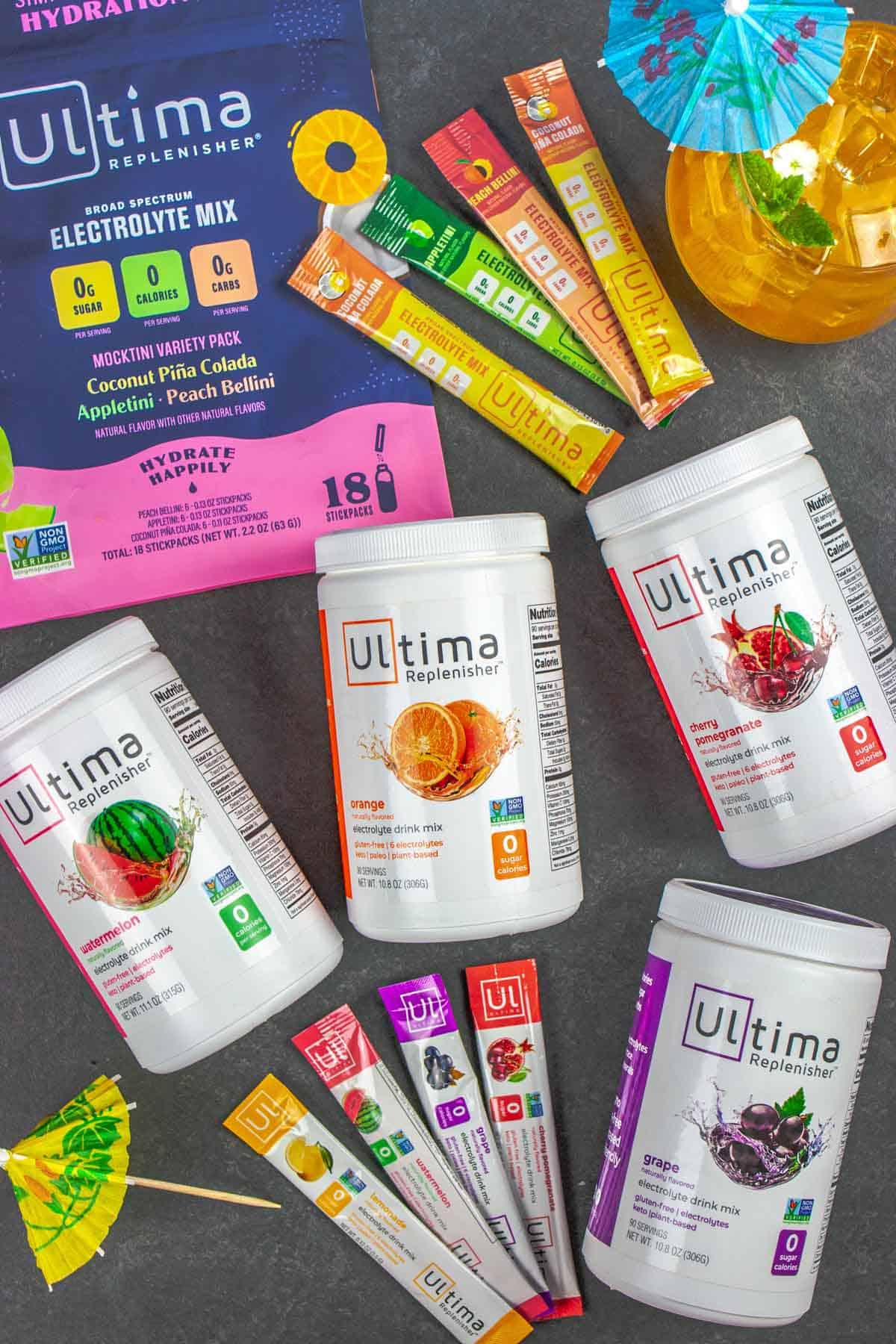
Ultima Replenisher
I have an entire pantry shelf dedicated to their products. Why? They’re delicious and I like variety.
Here’s a list of reasons why I like Ultima products:
- Their flavors are the best! I love the Cherry Pomegranate and Grape, but I do wish they had canisters of their Mocktini flavors. They're phenomenally good and there’s nothing like them anywhere.
- They are the most cost effective per serving. Some electrolytes from other brands can be close to $1 per serving. The 90 serving canister averages $0.47 per serving
- There’s no sugar or carbs. Ultima is a totally keto-friendly product sweetened with Stevia.
- They are made with real fruit extract flavors and plant-based extract colors.
- There’s nothing in there that I DON’T want. One serving provides 110% RDA of vitamin C, while also providing small amounts of zinc and manganese.
Ultima has a trial sample pack to try different varieties. It doesn’t contain all of their flavors, but it’s a good place to start.
And, the Mocktini flavors are unreal. Seriously, I could live on them: Coconut Pina Colada, Appletini and Peach Bellini are the best feel-good, fun flavors of any electrolytes, anywhere. These are available in a variety pack with 18 single-serving stick-packs, or individually in 90 serving containers. They do make amazing drink mixers, too!
Electrolyte capsules
While Vitamin Bounty Recover On Keto capsules have 'keto' in the name, its not just for those on a keto diet. It's for anyone that needs to ensure hydration and replenish electrolytes.
I like the amount of each electrolyte that one serving provides. Many other products seem to not have enough for my needs and I need to take more.
These are perfect to carry in my pack or even just in a pocket. If I'm kayaking, the last thing I want to do is have to drink 8-16oz of water in one sitting, where restroom facilities are scarce (you know what I mean?). Caps are perfect for those times when I'm out adventuring and want to make sure I'm staying fully hydrated.
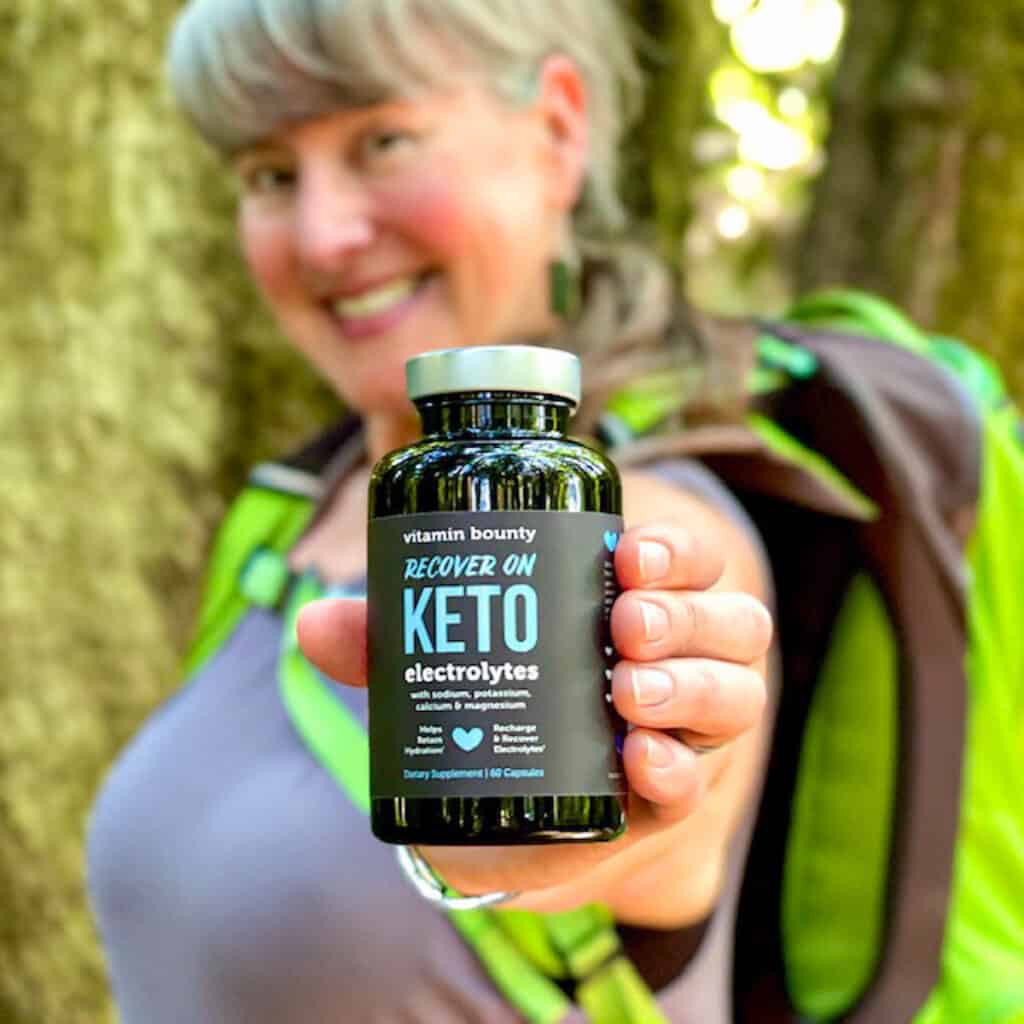
How do I use these products, personally?
Every body has unique requirements and it's a good idea to adjust any supplementation based on how you feel.
As a guideline, here's how I use electrolytes to keep me feeling my best:
I have a glass of Ultima electrolytes every day. It helps reduce pain and fatigue after working out or hiking and supports my body while I’m in ketosis.
When I go on an adventure, I take 1-2 servings with me, premade in a water bottle or a mason jar. I'll often carry a cooler so I can have nice, cool electrolytes when I get back to the car. Also, I like to drink some down before I head out into nature.
Capsules are so easy to take with me on the trail, while I'm cycling or while I’m kayaking. When I stop for a snack, I’ll often have a serving of electrolytes to help keep me fully hydrated and feeling great.
Also, I don't skimp on salt. While I don't use it in excess, I'm mindful about how much I'm consuming in a day. I add a few sprinkles on my morning eggs and on my veggies with lunch or dinner.
FAQ
Anything that can cause dehydration such as sweating, vomiting, diarrhea, alcohol and medications. Here is a quick list of ways our bodies can become deficient in electrolytes:
- Being in ketosis.
- Medications such as diuretics, antibiotics, some antidepressants and steroids. Illnesses and conditions such as diabetes and kidney disease can lead to dehydration and the need for fluids.
- Environmental conditions such as excess heat and sun exposure.
- Physical activity, especially in hot weather and with endurance exercise.
- Sunburn – sunburn draws fluid to the skin’s surface and away from other organ systems, which can lead to dehydration and electrolyte imbalance.
- Age – as we age, our bodies become less effective at excreting and reabsorbing sodium. Often, hormone levels can attribute to this. As we age, the body tends to hold on to less water, making increased hydration more important. Also, certain illnesses and medications can increase the risk of dehydration.
- Caffeine – Caffeine is a diuretic, which causes our bodies to release more water. This leads to a risk of depleting levels of electrolytes, like potassium.
Yes. Drinking alcohol can cause the body to lose water, creating electrolyte imbalances. Many hangover symptoms (PubMed5) can actually be attributed to dehydration and low levels of electrolytes. Beer, however, is known to cause sodium imbalance when consumed in large quantities. Sodium in the bloodstream becomes diluted by the extra water, which can drop sodium levels.
Early warning signs of dehydration and electrolyte imbalance include headache, nausea, feeling thirsty, dry mouth, tiredness, lightheadedness, not urinating as much as usual, and muscle cramps. Having chronically dry skin, chapped lips and constipation can also be signs that the body is dehydrated and in need of electrolyte replenishment.
It’s best to make sure you’re hydrated before starting any activity, especially if you work out in the morning (our bodies are typically slightly dehydrated upon rising). Replenishing water and electrolytes throughout your activities is essential, as is consuming fluids post-exercise.
Did you know that our bodies lose hydration when we’re sleeping? We lose fluid through sweat and exhalation, especially if we breathe through our mouth at night. This can cause mild dehydration first thing in the morning. And, we’ve gone several hours without intaking any fluids, which can result in waking up thirsty.
It certainly can. At the cellular level, even mild dehydration causes the release of histamine and cortisol, which can cause inflammation, build up of metabolic waste, immune system suppression and slow metabolism.
Joint cartilage contains up to 80% water, which acts as a lubricant in joint spaces. With proper hydration, friction damage is minimal and nutrients flow freely in the joint cavity and surrounding bone. When dehydrated, collagen fibers stiffen, intervertebral disc space becomes narrower and joint structure repair is diminished, which can lead to inflammation and joint degradation.
While overhydration and overconsumption of electrolytes is possible, it's uncommon unless you consume too many electrolyte supplements. Even though electrolytes are important, drinking too much water and over-supplementing can also cause an imbalance and lead to many of the same symptoms as not consuming enough electrolytes.
Summing it up
Being in ketosis means our bodies have different electrolyte needs due to increased excretion of sodium and other minerals from the body.
Electrolytes are electrically charged minerals that are key to hydration that need to be replenished every day, sometimes several times per day, depending on our activities. If we're ill, sweating, have vomiting or diarrhea, then we definitely need to supplement.
There are great products to support your body and help maintain optimal health, in addition to eating a healthy diet.
Do your diligence and look at the multitude of products available to find what’s best for you to keep you feeling your best.
There are many other factors that can influence electrolyte balance, such as age, weight, nutritional status, exercise, hydration and medications. Having a conversation with your doctor about additional supplementation is recommended, especially if you are on medications.
Interested in learning more about a keto diet? Check out my Guide to a Ketogenic Diet for more information about living a ketogenic lifestyle.

Tracey Hatch-Rizzi, LAc, MAcOM is an acupuncturist, herbalist and bodyworker with a Master's Degree in Oriental Medicine. She is Monash University trained in a low-FODMAP diet, and has spent many years helping her patients follow special diets and manage dietary restrictions. She has been following a low-carb and low-FODMAP diet for several years and is dedicated to providing delicious, healthy recipes, and educational resources to help others find optimal health through informed diet and lifestyle choices. Learn more...

Leave a Reply